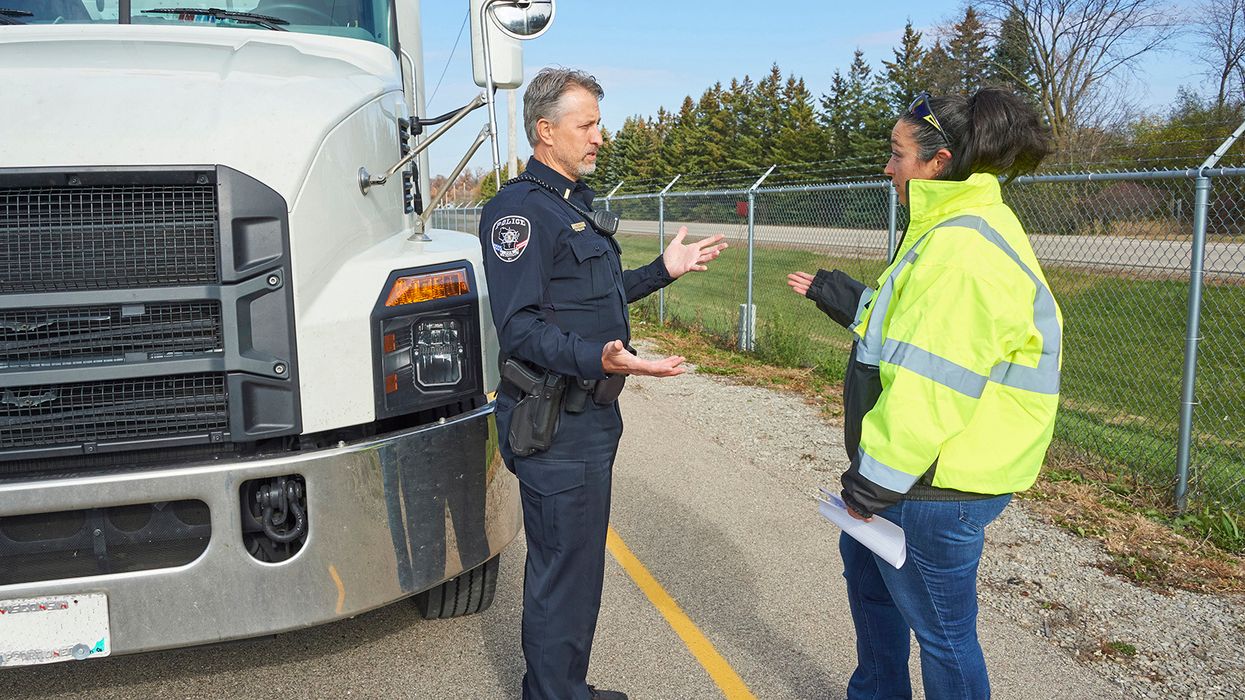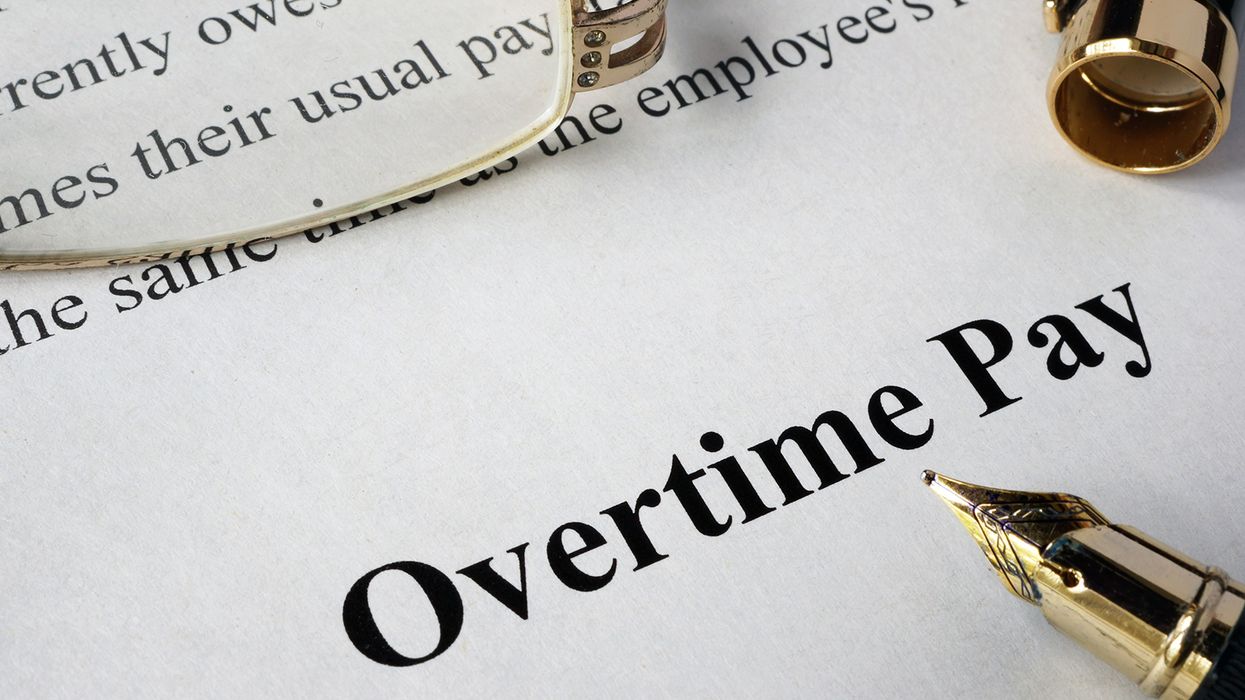Mitigate risk amid rising hazmat penalties
Businesses now face higher fines for not complying with regulatory requirements, making it essential to understand the regulations and mitigate any compliance risks. On December 30, 2024, the Pipeline and Hazardous Materials Safety Administration (PHMSA) announced an increase in civil penalties for hazardous materials violations. This adjustment, effective immediately, aims to enhance compliance and safety within the industry.
For businesses involved in the transportation of hazardous materials, it is crucial to understand these changes and their implications. Below is a summary of the 2025 civil penalty adjustments for not complying with the Hazardous Materials Regulations (HMR):
| DESCRIPTION | EXISTING PENALTY | NEW PENALTY | DIFFERENCE |
|---|---|---|---|
| Max penalty for HM violation | $99,756 | $102,348 | +$2,592 |
| Max penalty for HM violation w/Death | $232,762 | $238,809 | +$6,047 |
| Minimum penalty for HM training violation | $601 | $617 | +$16 |
The new penalty amounts became effective immediately. This means any violation you receive will be calculated using the new penalty amounts.
Penalties add up quickly: Per violation, per day
Businesses must be vigilant as penalties are assessed for each violation on a daily basis. Typical hazmat shipments can result in multiple violations.
Consider, for example, a wooden skid containing 40 boxes of regulated hazmat. If a hazmat employee applies the wrong hazard warning label to 20 of the boxes, each box with the incorrect label can be considered a separate violation.
In this scenario, a business could face 20 violations per day. The financial impact of these penalties can be significant, potentially affecting the company's bottom line. Additionally, if there is an Out of Service violation, the shipment could be delayed, causing further operational disruptions.
Compliance strategies
To mitigate the risk of penalties, consider the following strategies:
- Enhanced training programs: Invest in comprehensive training programs to ensure all employees are knowledgeable about HMR and proper handling of hazardous materials.
- Regular audits and inspections: Conduct frequent internal audits and inspections to identify and rectify potential compliance issues before they result in violations.
- Improved documentation: Maintain accurate and thorough documentation of all hazmat shipments to ensure compliance with labeling, handling, and transportation regulations.
- Risk management: Develop robust risk management strategies to address potential non-compliance issues and minimize financial and operational impacts.
- Utilize technology and automation: Leveraging technology such as automated labeling systems, real-time tracking, and compliance management software can enhance accuracy and efficiency in handling hazardous materials.
- Collaborate with industry peers: Participate in industry associations and forums to stay informed about best practices, regulatory changes, and emerging trends. Collaboration with peers can provide valuable insights and shared experiences that can improve compliance efforts.
Understanding the reasoning
The increase in civil penalties is a result of the Civil Penalties Inflation Adjustment Act of 2015, signed into law on November 2, 2015. This Act requires federal agencies to adjust minimum and maximum civil penalty amounts to account for inflation and maintain their deterrent effect.
Key to remember: While the increased penalties pose challenges, they also provide an opportunity for businesses to strengthen their compliance programs and enhance their operational efficiency and safety standards. By proactively addressing these changes, businesses can ensure they remain compliant and avoid the financial and operational repercussions of not complying.































































